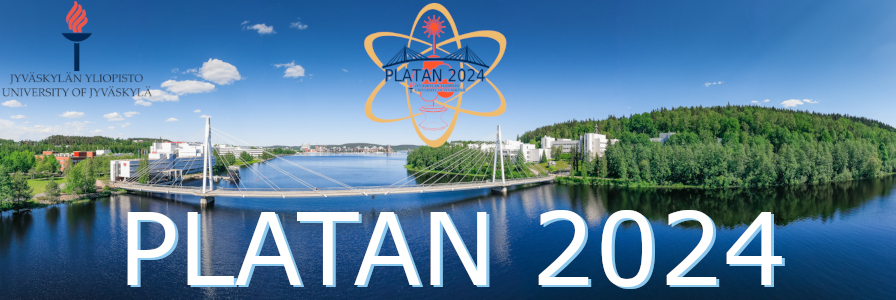Speaker
Description
Resonant laser ionization is an efficient and highly selective method for producing radioisotopes. In the laser ion source of ISOLDE – RILIS (Resonance Ionization Laser Ion Source), the laser interaction region is (standardly) inside a metal tube which is heated to temperatures of >2000 degrees Celsius. This heating induces surface ionization from the walls of this so-called “hot cavity”, whilst electron emission from the walls ensures the confinement of laser ions created in the center of the source. If the overall ion load of laser and surface ionized species reaches a certain threshold, the efficient extraction of these ions is compromised. This effect is especially prevalent in facilities like MEDICIS which demand a high ion throughput and fast extraction.
This work aims to present the limits of the current laser ion source at MEDICIS and introduce recent developments towards a new high throughput ion source. The parameters used to describe the plasma inside the ion source are presented. For some of these parameters - like temperature distribution, electron density and neutrals density -, experimental results for comparison with existing models through ion simulations will be shown. Additionally, approaches for stabilizing/improving the ion confinement, which effectively increases the sustainable ion load without hampering the subsequent extraction of the laser ions, will be shown.

